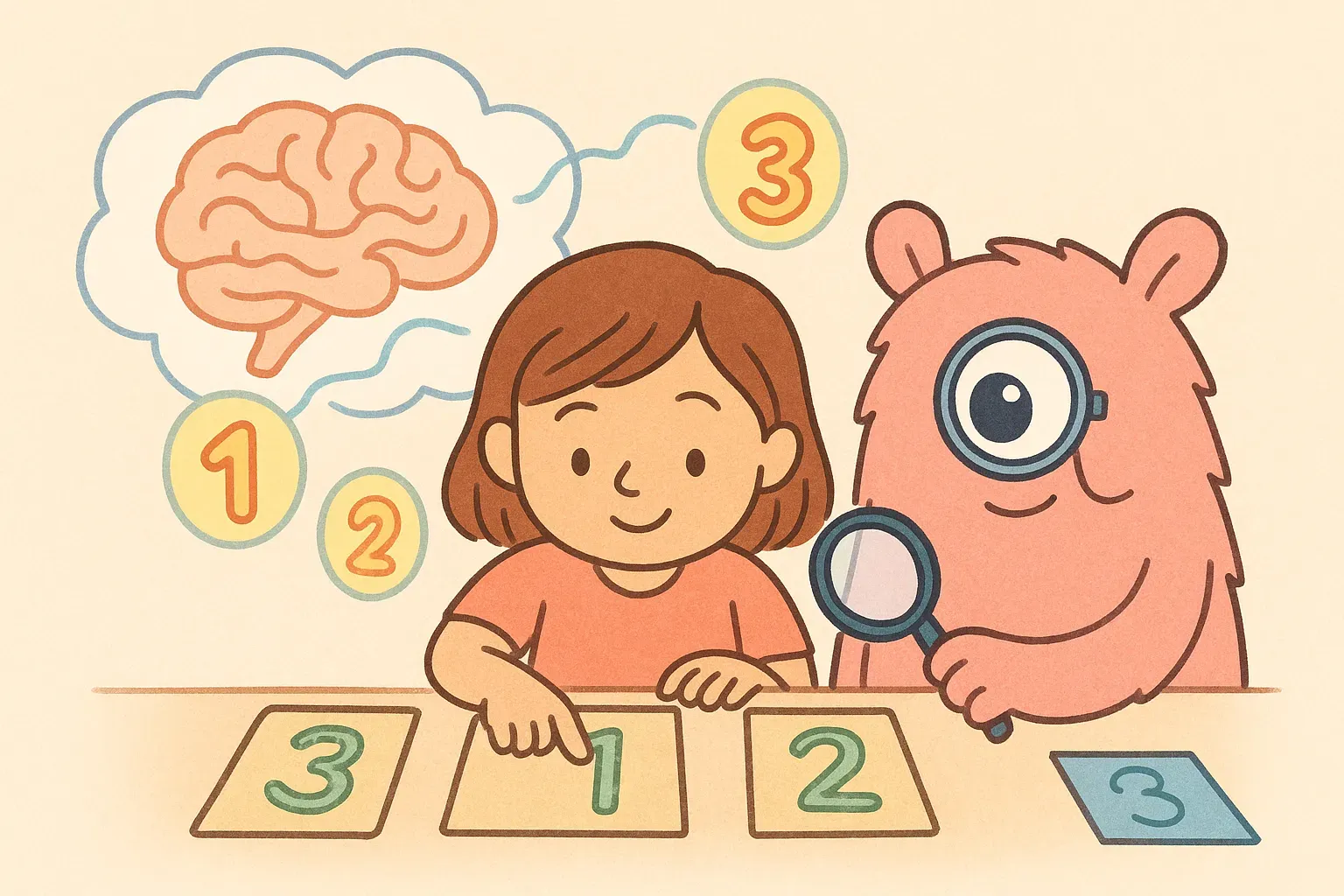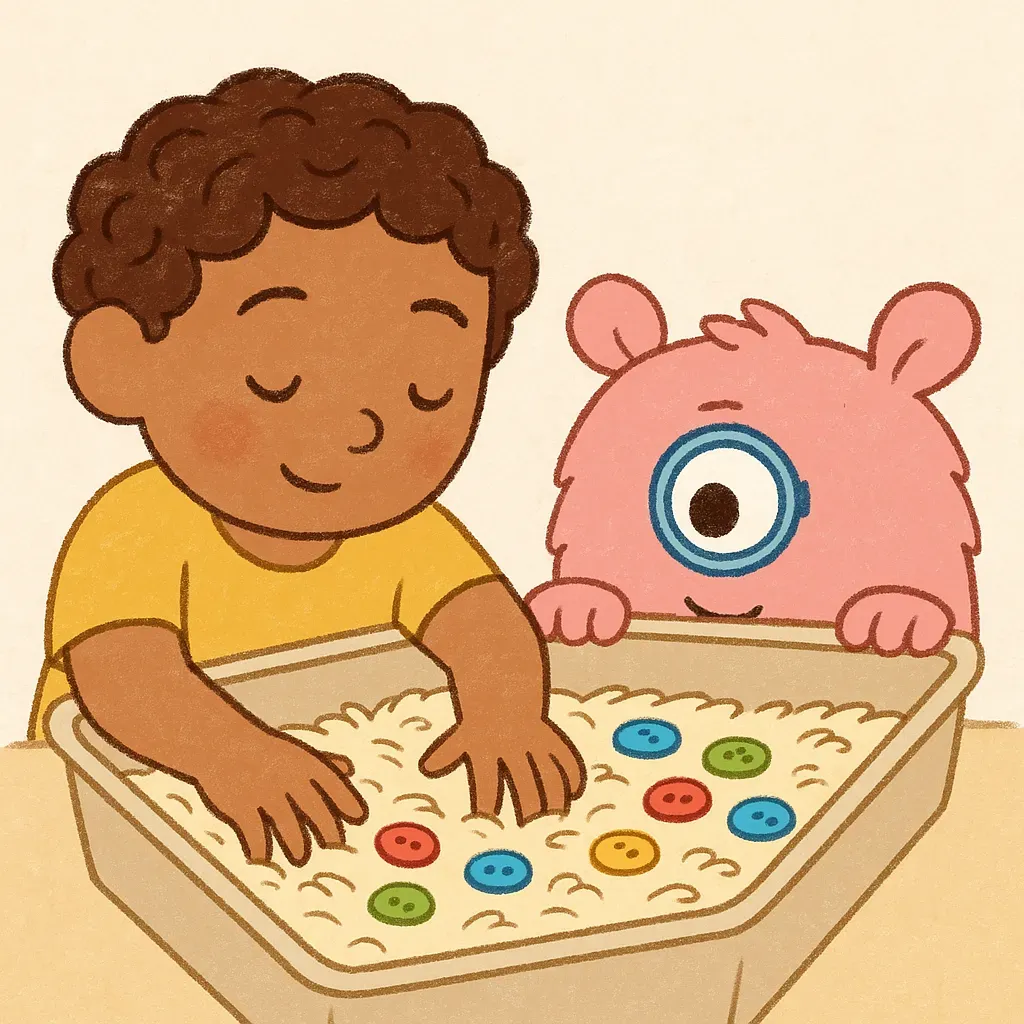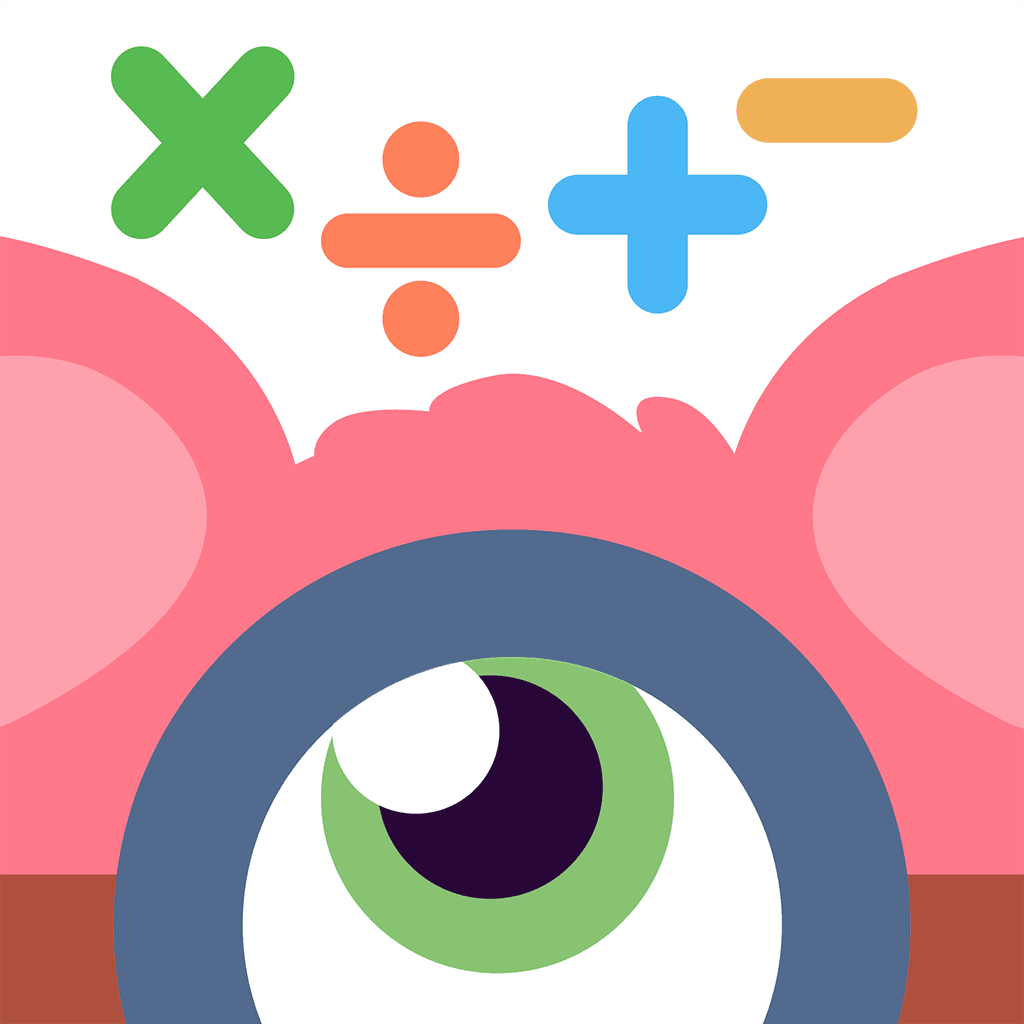8 Tactile Math Games That Build Number Sense in Dyscalculic Learners
TL;DR: If your child struggles with dyscalculia, tactile games can make math more accessible by engaging their senses. Research shows that hands-on activities improve number recognition, counting, and basic operations. Here are 8 simple games using everyday items like blocks, beads, and fingers to build foundational number sense. Try 2-3 sessions a week for 15-20 minutes.
As parents of elementary school kids in the US, you know how challenging math can be, especially if your child has dyscalculia—a learning difference that affects understanding numbers and calculations. Teachers in neurodiverse classrooms face similar hurdles, seeking ways to make lessons inclusive. Fortunately, tactile, hands-on games can help build number sense, the intuitive grasp of quantities and relationships between numbers. Research suggests that strengthening number sense through sensory activities may reduce math learning difficulties by addressing core deficits in numerical flexibility.
In this post, we'll explore 8 tactile math games tailored for dyscalculic learners. Each game is supported by peer-reviewed studies showing how physical manipulation aids in developing skills like counting, comparison, and basic arithmetic. These activities use simple materials and can be adapted for home or classroom use. Remember, consistency is key—aim for short, fun sessions to avoid overwhelm.
Why Tactile Games Work for Dyscalculia
Dyscalculia often involves challenges with abstract concepts, but tactile approaches make numbers concrete. Studies indicate that using physical objects like blocks or fingers enhances symbolic quantity discrimination, helping children map quantities to symbols. This multisensory method engages the brain's parietal regions, which are key for numerical processing, as noted in cognitive neuroscience research. By touching and moving items, kids build confidence without relying solely on visual or auditory cues.

Game 1: Finger Counting Connections
Start with fingers as a natural tool for representing quantities. Have your child show numbers 1-10 using fingers, then match them to spoken words or written digits. For example, say "five" and ask them to hold up five fingers while counting aloud.
This game strengthens links between verbal, numerical, and physical representations. Peer-reviewed work on finger-based training shows it improves finger gnosis and quantitative skills, with gains in arithmetic after 6-12 weeks of practice. Adapt for variety: Use one hand for numbers 1-5, then both for 6-10. Play for 10 minutes daily to build automaticity.
Game 2: Block Quantity Comparisons
Gather building blocks or cubes. Ask your child to build two towers with different numbers of blocks (e.g., 3 and 5), then compare which is taller or has more. Introduce symbols by writing the numbers and discussing "greater than" or "less than."
Hands-on comparison aids nonsymbolic magnitude processing, a core number sense skill. Evidence from foundational training programs reveals that manipulating physical items like blocks leads to efficiency gains in quantity discrimination, especially for kids with math difficulties. Extend the game by adding or removing blocks to practice basic operations.
Game 3: Texture Tracing Numbers
Create textured numbers using sandpaper or glue with yarn on cardstock. Have your child trace the shape with their finger while saying the number aloud, then count that many objects (e.g., buttons).
Tactile tracing reinforces number recognition and cardinality. Research on multi-sensory interventions highlights how manipulatives like textured materials improve skills in recognizing numbers and sequencing patterns among dyscalculic students. This is ideal for sensory seekers; try it before homework to prime focus.
Game 4: Bead Stringing Patterns
Use beads and string to create number patterns. For instance, string 2 red beads, then 3 blue, repeating while counting. Discuss the sequence and predict the next group.
This activity builds pattern recognition and counting principles. Synthesis of counting-focused interventions notes that hands-on tools like beads support one-to-one correspondence and stable order, yielding moderate effects on early numeracy. For teachers, incorporate into group play for neurodiverse classes.
Game 5: Tactile Number Line Hop
Make a floor number line with tape and attach textures (e.g., fabric scraps) to each number. Have your child hop to a number, feel the texture, and count forward or backward from there.
Physical movement on a number line enhances spatial representation of numbers. Neuroimaging studies show mental number line training, adapted tactilely, improves arithmetic and reduces prefrontal overload in dyscalculic kids. Add subtraction by "hopping back" for progression.
Game 6: Manipulative Addition Jars
Fill small jars with items like pom-poms. Shake two jars (e.g., 4 in one, 2 in the other), pour them out, and count the total while touching each item.
This tactile addition promotes cardinality understanding. Interventions using manipulatives like counters demonstrate strong proximal effects on counting tasks, transferring to arithmetic. It's a calming activity; use themed items to keep it engaging.
Game 7: Sensory Bin Quantity Hunt
Hide objects in a bin of rice or sand. Ask your child to find and count specific quantities (e.g., "Find 7 beans"), grouping them by touch.
Sensory exploration aids estimation and comparison. Studies on tactile stimulation indicate it reduces distractions and boosts problem-solving in attention-challenged learners, applicable to dyscalculia. Pair with our sensory math activities post for more ideas.

Game 8: Cube Stacking Equations
Use stacking cubes to represent simple equations (e.g., stack 3 cubes + 2 cubes = 5 cubes). Snap them together while verbalizing the process.
Cube manipulation teaches part-whole relationships. Reviews of tactile tools like Sifteo Cubes show improved equation understanding and confidence through physical interaction. Advance to subtraction by removing stacks.
These games can be customized based on your child's needs. Start simple and celebrate small wins to foster a positive math mindset.
FAQ
What is number sense, and why is it important for dyscalculic kids?
Number sense is the intuitive understanding of quantities and their relationships. Research links strong number sense to reduced math difficulties, as it forms the basis for all math skills.
How often should we play these games?
Aim for 15-20 minutes, 3-4 times a week. Studies suggest consistent short sessions yield better gains than longer, infrequent ones.
Can these games help in a classroom setting?
Yes, they're adaptable for groups. Evidence shows hands-on strategies support reasoning in neurodiverse environments.
What if my child gets frustrated?
Break tasks into smaller steps and provide positive feedback. Tactile elements can reduce anxiety by engaging senses gently.
Are there apps that complement these games?
Yes, try Monster Math for adaptive practice, especially for building Math fact fluency.
References
- The role of number sense in reducing math learning disorder among LD children (2024)
- Foundational Number Sense Training Gains Are Predicted by Hippocampal–Parietal Circuits (2022)
- Cognitive neuroscience of dyscalculia and math learning disabilities (2021)
- Hands-On Math: A Training System for Children with Dyscalculia (2019)
- Counting-Focused Intervention Effects for Students With Mathematics Difficulty (2025)
- An Effect Of Mathematical Intervention Strategies For Dyscalculia Learners (2023)
- The effects of fine motor movement and tactile stimulation on math problem solving (2007)
- Dyscalculia and intervention tools (2025)
- Teaching reasoning strategies to dyscalculic students (2025)

